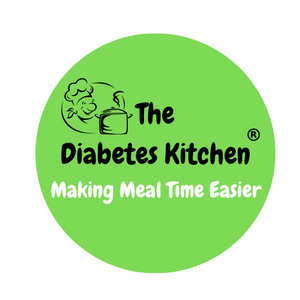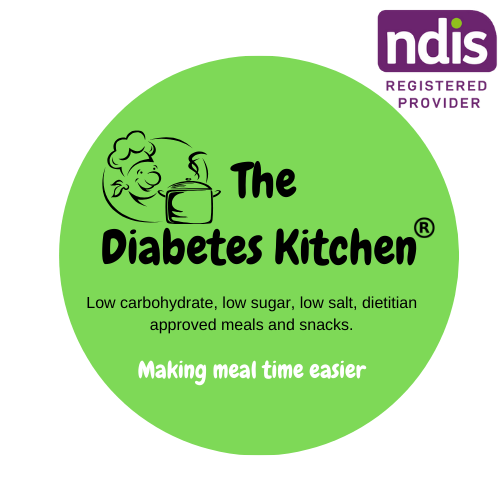Using appropriate and respectful language when discussing diabetes is important to promote understanding, avoid stigma, and foster a supportive environment. Here are some guidelines for using correct diabetes language:
-
Person-First Language: Use person-first language that emphasizes the individual over their condition. Instead of saying "diabetic person," say "person with diabetes." This places the person before their medical condition.
-
Avoid Stigmatizing Terms: Refrain from using stigmatizing terms such as "diabetic," "sufferer," or "victim." These terms can perpetuate negative stereotypes and portray the individual as defined solely by their condition.
-
Preferred Terminology: Use terminology that the individual with diabetes prefers. Some people may be comfortable using terms like "diabetic," while others may prefer "person with diabetes."
-
Respect Individual Preferences: If you're unsure about someone's preferred language, ask them how they prefer to be referred to in relation to their diabetes.
-
Normalize Diabetes: Use language that normalizes diabetes and avoids sensationalizing or dramatizing the condition. Diabetes is a common condition that many people manage successfully.
-
Avoid Blame or Judgment: Avoid placing blame or making assumptions about the cause of someone's diabetes. It's important to recognize that factors such as genetics, lifestyle, and environmental factors can contribute to the development of diabetes.
-
Accurate Information: Use accurate and evidence-based information when discussing diabetes. Misinformation can perpetuate myths and misunderstandings.
-
Emphasize Management: Focus on how individuals manage their diabetes rather than framing it as a burden. Phrases like "managing diabetes" or "taking control of diabetes" highlight the proactive steps individuals take.
-
Empowerment and Positivity: Use language that empowers and promotes a positive outlook. For example, "living well with diabetes" or "thriving with diabetes."
-
Supportive and Inclusive: Use language that is supportive and inclusive of people with all types of diabetes, including type 1, type 2, gestational diabetes, and other less common forms.
Remember that each person's experience with diabetes is unique, so it's important to be respectful and considerate of their preferences when using language related to their condition. Open communication and understanding can contribute to a more empathetic and informed perspective on diabetes.





